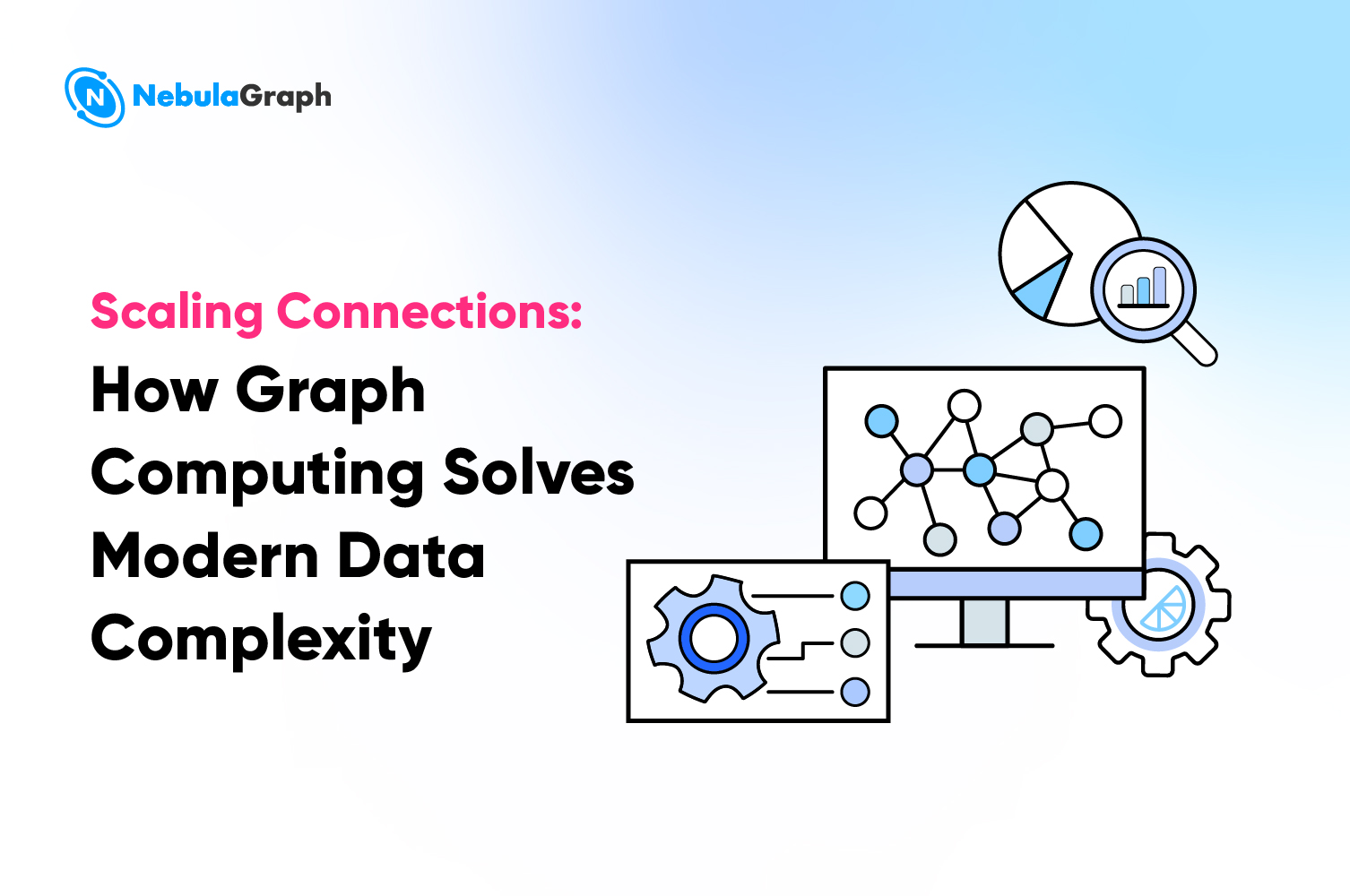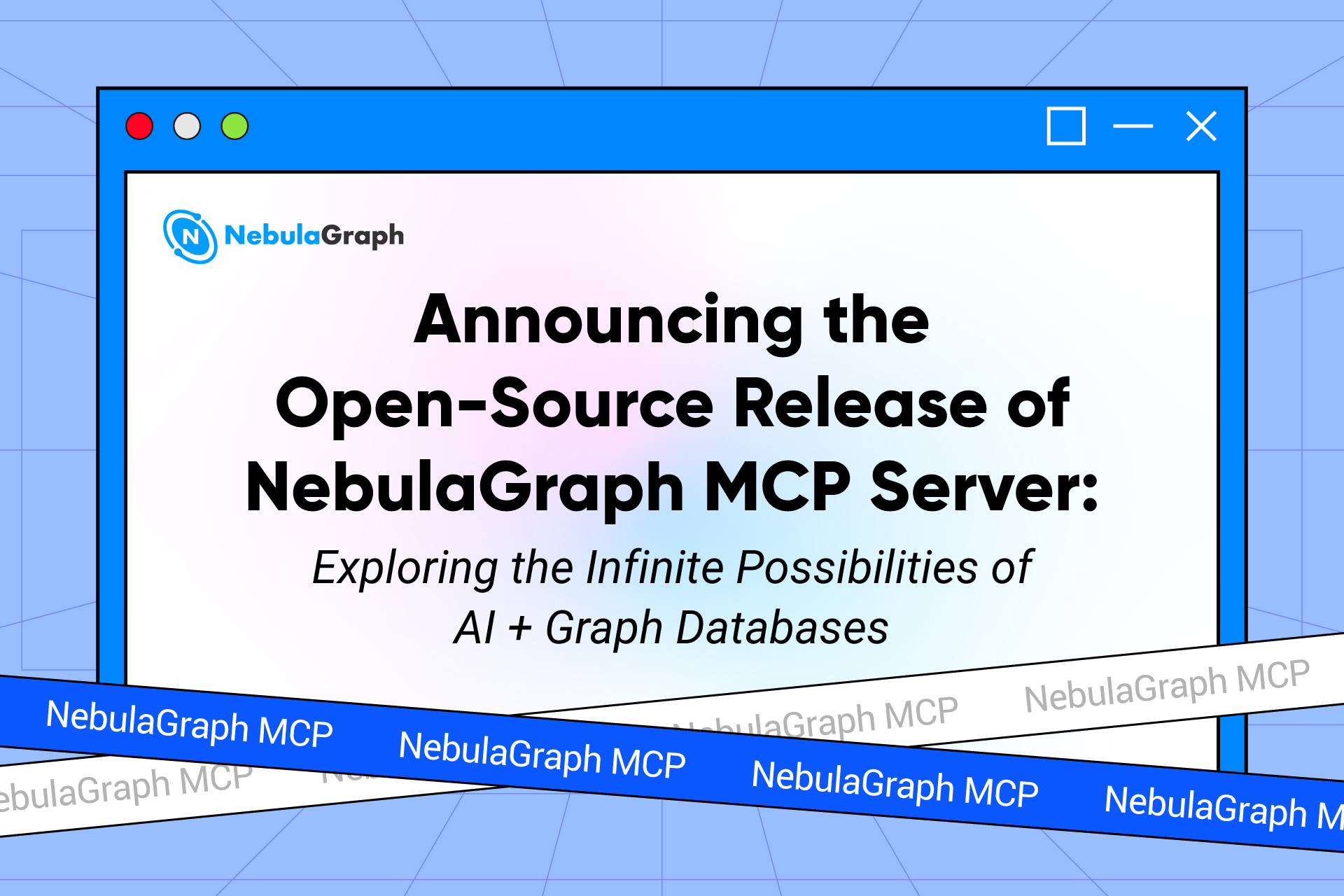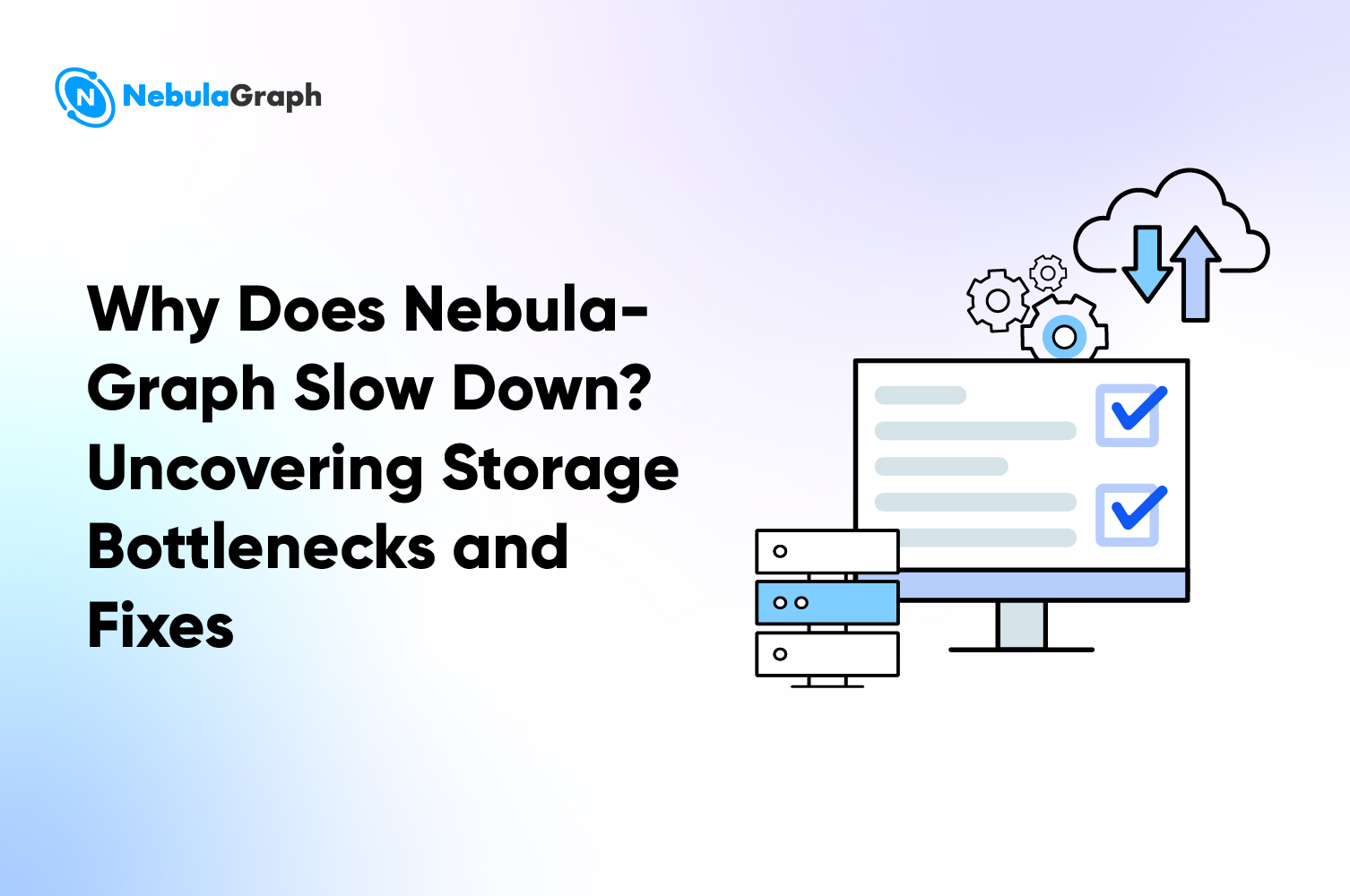Knowledge-graph
Vector Database vs. Graph Database: What Is Better for Your Project?
Although vector and graph databases might seem similar at first glance, the differences between them are much bigger than you might initially think. Among other things, they differ in terms of data retrieval and analysis, data structure, queries, and performance. As you can gather from their names, graph databases use graphs for managing data, while vector databases rely on vectors.
When choosing a database solution for your business, you should first consider your business needs, the characteristics of your data, and the company use cases. By finding the right system for your particular requirements, you can squeeze maximum value from every software dollar.
Before explaining the pros and cons of each system, as well as their ideal use cases, let’s first define these two terms.
What are graph databases?
The main characteristic of a graph database is that it uses a graphical structure to store company data. Everything within this database is categorized by using a combination of vertex and edges. While vertices represent large categories of data, edges are utilized to establish relationships between these bigger entities.
The best thing about graph databases is how they process relationships. With this software, you can easily handle larger sets of data and determine connections between nodes. These systems excel at finding paths, identifying various patterns, and traversing relationships, which makes them perfect for making complex business decisions.
While there are numerous use cases for graph databases, they’re especially popular for recommendation systems, social networks, business knowledge graphs, and fraud detection. One of the best examples of a graph database is NebulaGraph, which is open-source software with unlimited scalability and minimal latency.
What are vector databases?
In this particular case, all data is stored within vectors that have a specific number of dimensions. You can use them for just about any type of unstructured or structured data, including text, images, and audio, making them extremely versatile. Experts praise this software for its scalability and performance compared to traditional systems.
Vector databases are growing in popularity as of late, as they provide lots of benefits for AI-driven systems. These databases can quickly establish similarities between data and detect closest neighbors. As such, they are perfect for any type of browsing, recommendations, clustering, and anomaly detection.
Some of the best examples of vector databases are Milvus and Pinecone.
Graph database pros and cons
Graph databases are renowned for their speed and flexibility. A company can utilize them in all sorts of ways, and as such, they're almost a must-have for any modern business.
Pros
- Flexibility and quickness – Graph databases provide a lot of flexibility for your day-to-day operations. You can integrate these systems with various sources, adapt them for new use cases, and ensure that all your data is in accordance with business goals
- Improved training – Many companies use graph databases to improve their training and onboarding. The software allows the creation of efficient knowledge bases that can serve as a company-wide information source
- Enhanced protection – In financial risk control use cases, graph databases are ideal for detecting fraud rings and other sophisticated scams as it can unlock the highly complex correlation in fraudulent transactions
- Better decision-making – Graph databases are ideal for making business decisions. This type of software can establish relationships between different data groups, which makes it easier to determine the right moves for your company
- Better for complex queries – One of the best things about graph databases is that they allow you to process intricate queries by establishing cycles and discovering shortest paths
Cons
- Issues with scalability – Except for NebulaGraph, most graph databases have problems with scalability. Luckily, many software companies are slowly working on resolving this issue and providing users with increased value
- Additional overhead – Certain datasets won't benefit from this technology. Basically, in certain cases, you don't need to establish relationships between different data categories, making your graph database solution redundant
- Steep learning curve – This type of software requires knowledge of complex query languages such as Neo4j and Cypher, which require more time to master
Vector database pros and cons
In many ways, vector and graph databases are polar opposites. Vector solutions are ideal for processing search queries and can easily be used for machine learning models.
Pros
- Content flexibility – These databases can process any type of data, including text, images, and audio
- Machine learning benefits – The software can easily be integrated with ML models, making it ideal for modern business and marketing challenges
- Improved similarity searches – Vector databases can easily find data points that are close to each other within multi-dimensional space. As such, it is a perfect tool for determining differences and similarities between various data points
- Improved automation – Given that machine learning is vital for automation, vector databases can, by proxy, automate your business processes
- Enhanced scalability – Vector systems allow you to scale the processes as much as you want without ever encountering issues with availability or speed
Cons
- Lower accuracy – Due to the speed of certain types of data retrieval, there are cases where vector databases provide subpar accuracy
- Issues with dimensionality – As the dimensionality increases, you’ll notice a drop-off in search efficiency and data availability. Although the creators use certain techniques that would mitigate the problem, it’s still a notable issue for this type of software
- High requirements – Vector databases are notorious for having high storage and memory requirements. This is especially true if you’re handling large datasets or as you start scaling the business
What are the key similarities between graph and vector databases?
While these two database types are extremely different, and we implement them in different use cases, they also have a handful of similarities. For example, both of them can manage complex data and graph structure with ease. They are based on proven mathematical principles, allowing them to establish relationships between numerous data points.
The two database types excel at tackling complex queries, ensuring that businesses have the best, most relevant insights at their disposal. Modern graph databases, specifically, are fantastic for interconnecting data and establishing their connections. Both can be used to store data as well as manage and process complex structures.
The great thing about these databases is that you can use them for all sorts of tasks. Through their complex data handling and implementation of large language models, companies can build recommendation algorithms, perform social media analysis, detect fraud, and index search engines.
Whether you use them to draw insights and understand data or you utilize them for managing relationships between data points, graphs and vectors will allow you to create a niche for your business. No matter the approach you're using, they can tackle various complex tasks, thus giving users a competitive edge.
What are the key differences between graph and vector databases?
Despite certain similarities, the two databases are, ultimately, made to tackle unique procedures and provide specific results. The main difference between them is rooted in their data models. While knowledge graphs rely on nodes and edges to visually showcase relationships between entities, vector databases rely on a vector space model and a multi-dimensional space.
Basically, vectors are ideal when analyzing the proximity and relationship of one data set compared to others. By relying on algorithms and indexing techniques, vector databases can easily track and analyze all vectors with similar traits to a given query vector.
On the other hand, graph databases are much more focused on the relationships themselves, not necessarily comparing entities to each other. They utilize previously mentioned nodes and edges to create a net of information. Because of this characteristic, graph databases excel for applications where relationship analysis takes center stage.
There are also some major differences in terms of querying. Specifically, vector databases primarily use mathematical computations for their queries, for example, cosine similarity and dot product computations, to establish relationships. By comparison, graphs are reliant on patterns and traversal algorithms to go from one node to another.
Some of these differences are rather stark and are the main reason why you might prefer one solution to another, depending on a specific case. A vector database is a perfect solution when you need to perform calculations, while graph databases excel at establishing complex relationships.
Combining vector database and graph database
Although combining the two types of software might be tricky, and some companies might even consider it gimmicky, there are lots of benefits to it. Besides giving you more versatility, the use of vector and graph databases can ensure better query options, richer data representation, improved recommendations, and a unified data system.
The use of combined solutions has become much more common in the last few years, with the development of natural language processing, generative AI, and real-time data. Certain databases are even introducing vector similarity search as a way of tackling LLM hallucinations and retrieving insights (we refer to this as retrieval augmented generation).
Whatever the case might be, here are a few benefits you can experience by combining a knowledge graph database with a vector database:
- By combining the two, you get access to enhanced query options. Using a vector database concurrently with a graph database will allow you to discover similarities leading to better insights and, thus, better decision-making
- Richer data representation is another major benefit. By using vectors, you get a better understanding of data points. On the other hand, graph databases can visually showcase data in space, pointing out their relationships
- By adding vectors to knowledge graphs, you can achieve much higher scaling. You can analyze various relationships between data while simultaneously gaining fantastic insights from them
- Due to all these previously mentioned characteristics, the combination of a graph and vector database is a perfect solution for building recommendation systems
- Allows you to manage structured and unstructured data without a hitch. Users can streamline their daily operations and utilize a simple infrastructure to achieve their goals
Whatever the case, you need to study all available solutions before committing to one of them or using them in conjunction. That way, you can maximize your software expenditures while leaving competitors behind.
The main challenges of integrating the two databases
Based on everything mentioned so far, combining the two technologies would make a lot of sense, especially for specific, complex tasks. Alas, using them in unison can turn out to be much more calling than you initially envisioned.
The first thing we need to consider is the financial side of things. Most databases charge companies per month per user. So, implementing both systems concurrently will double your expenses. We also need to consider all the manpower and maintenance required to effectively use them in unison.
Graph databases, in particular, can be costly. As with any other modern software, they require constant updates, which can be slow at times. They require more capacity and memory compared to vector databases, which are much simpler. You will also have to create proper streams that will update these relationships as a well of increasing input.
Although these problems might sound a bit too much, there are a few tricks you can implement to overcome them. The best way to start is by using specialized tools that will allivate some of the problem. We also suggest that you analyze the cost efficiency of combining the two databases before you start a project.


